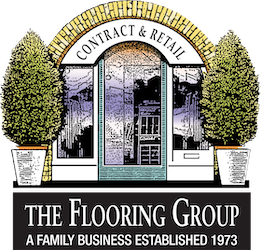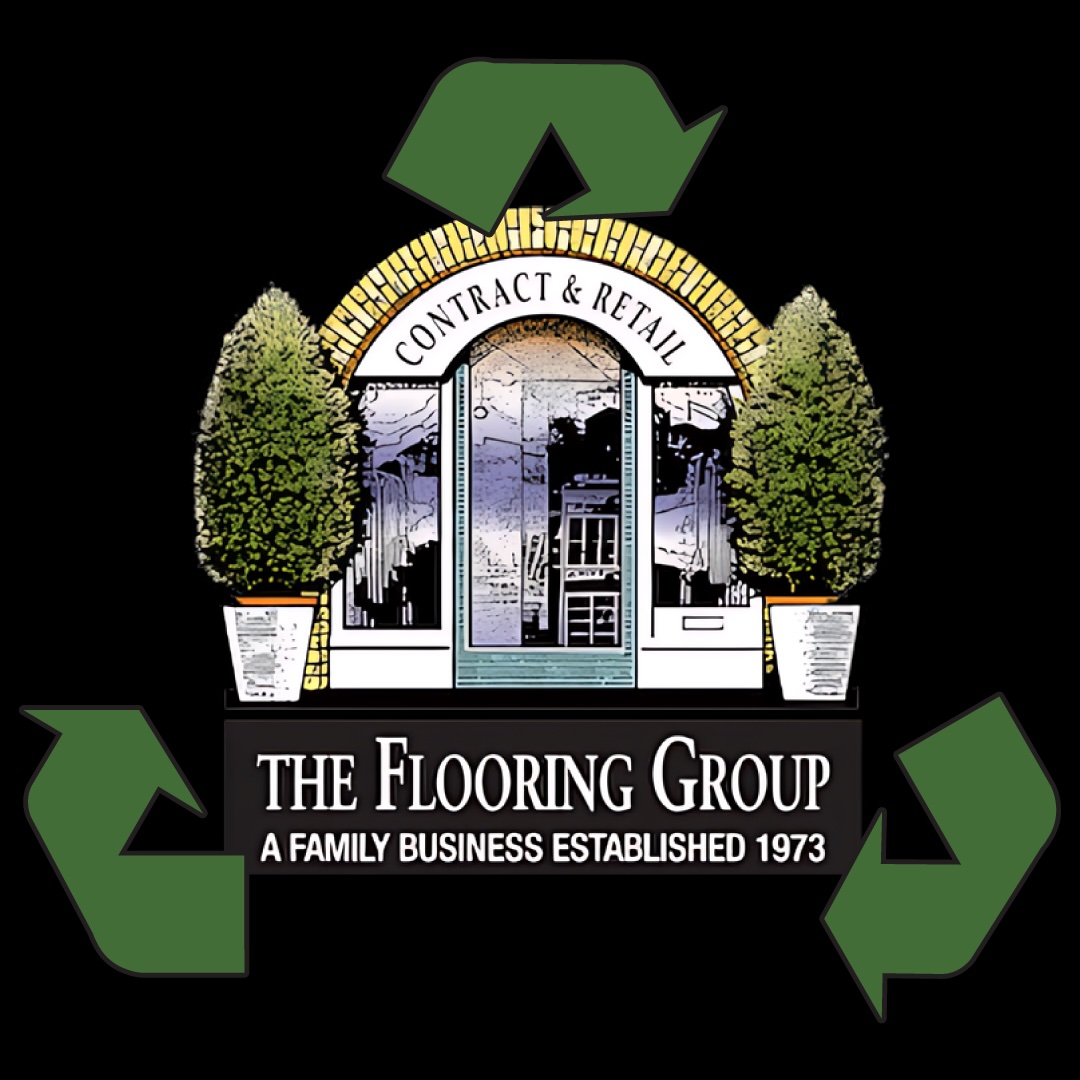How to Maintain and Clean Natural Linoleum Flooring

Natural linoleum is a popular choice of flooring for both residential and commercial spaces, favoured for its versatility, durability, and underfoot feel. Knowing the right way to clean and maintain your natural linoleum flooring will help to ensure it stays in pristine condition no matter how many steps it sees.
What is Natural Linoleum Flooring?
Natural linoleum flooring is a durable, eco-friendly flooring material. Made from natural, biodegradable ingredients, natural linoleum is a great flooring option for people who are environmentally-conscious and in need of a hard-wearing yet comfortable surface.
Why Choose Linoleum for Your Floors?
Here are some of the reasons why you should consider linoleum for your floors:
- It’s eco-friendly – because of the way that it’s made, and the ingredients it’s made from, linoleum is one of the most eco-friendly flooring options.
- It’s durable – and easily able to last for decades if properly cared for.
- It’s easy to maintain – cleaning by sweeping and mopping is straightforward, and its anti-static properties mean dust and dirt don’t cling.
- It’s comfortable – linoleum is warmer underfoot than wood or stone, as well as being sound-insulating.
Best Practices for Maintaining and Cleaning Linoleum Floors
Natural linoleum flooring is easy to look after – that’s one of its many benefits. Try to follow these best practices:
- Linoleum should be swept on a regular basis.
- When mopping, don’t oversaturate your mop, and make sure your floor cleaner is pH neutral.
- Make sure any spills are cleaned up quickly, as linoleum is not waterproof.
- Don’t use steam mops, harsh cleaners, or abrasive tools.
Keeping Your Linoleum Floors Dry
The reason it’s important to keep linoleum dry is because while it is water-resistant, it is not waterproof. This means excess exposure to moisture can sometimes result in staining, warping, and discolouration.
Common Issues With Linoleum Floors and How to Prevent Them
There are a few problems that can arise with linoleum floors, but they can easily be prevented with the proper precautions.
- Warping – this can occur from overexposure to moisture, but can be prevented by keeping your floors dry.
- Indentation – because natural linoleum flooring is relatively soft, it can be dented by heavy or sharp objects, so try to use furniture pads where applicable.
- Discolouration – linseed oil, one of the main components of linoleum, can cause linoleum flooring to yellow over time. Light exposure can help to reverse this.
How Does Linoleum Compare to Other Flooring Options?
Natural linoleum flooring is one of the best choices for eco-conscious homes, kitchens, hallways, allergy-sensitive spaces, and anywhere where comfort and sustainability matter. It’s also moderately priced – it’s cheaper than hardwood and tile, but not as affordable as vinyl or laminate.
Why Choose the Flooring Group for Linoleum Flooring?
Natural linoleum flooring requires professional installation – this ensures that the floor is laid in a way that will increase its longevity. At The Flooring Group, we offer end-to-end installation services and maintenance, providing our customers with floors that are fit for purpose and made with the highest quality materials. If you want to find out more about natural linoleum flooring and UK-based installation, contact us.
FAQs
How do you clean natural linoleum?
To clean natural linoleum, sweep or vacuum regularly to remove dust and debris. Damp mop weekly using a pH-neutral cleaner specifically formulated for linoleum. Avoid over-wetting the floor — use a well-wrung mop and dry any excess moisture with a clean cloth. For deeper cleaning, gently scrub with a soft brush and rinse with clean water.
What should you avoid using on linoleum floors?
Avoid alkaline or harsh chemical cleaners, such as ammonia, bleach or high-pH floor strippers, as they can degrade the linoleum surface. Steam cleaners, excessive water, and abrasive tools like wire wool should also be avoided, as they can damage or distort the material.
How do you make linoleum floors look new again?
To revive linoleum flooring, begin with a thorough clean using a linoleum-safe cleaner. Then apply a protective polish or floor dressing designed for linoleum to restore its sheen and shield the surface. If the finish is worn or scratched, the floor can be lightly buffed before reapplying polish. Older floors may benefit from professional refinishing to bring back their original appearance.
What is the best product to use on linoleum floors?
Use pH-neutral cleaners and floor polishes specifically formulated for linoleum. Recommended products include:
- Forbo Monel
- Marmoleum Floor Finish
- Ecover Floor Soap
How long does natural linoleum flooring last?
With proper care, natural linoleum flooring can easily last 20-40 years. Regular maintenance and the occasional reapplication of polish or protective coating can greatly extend its life.
Can linoleum floors be repaired if damaged?
Yes. Minor scratches or scuffs can often be buffed out or improved with a linoleum polish. Individual tiles or small sections can be replaced without having to refit the entire floor – particularly if it was installed by a professional.
Why should I buy linoleum flooring from a specialist?
Purchasing from a specialist ensures you’re getting genuine natural linoleum rather than synthetic alternatives like vinyl. Specialists provide expert installation, correct subfloor preparation, and tailored advice on product selection and aftercare.
Tel: 0207 609 1234
FB: https://www.facebook.com/theflooringgroup/
X: https://x.com/theflooringroup
IG: https://www.instagram.com/theflooringgrouplondon/
LinkedIn: https://www.linkedin.com/company/the-flooring-groupltd
YouTube: https://www.youtube.com/channel/UCzmaKLTB5AUhyhv0peIsszQ





